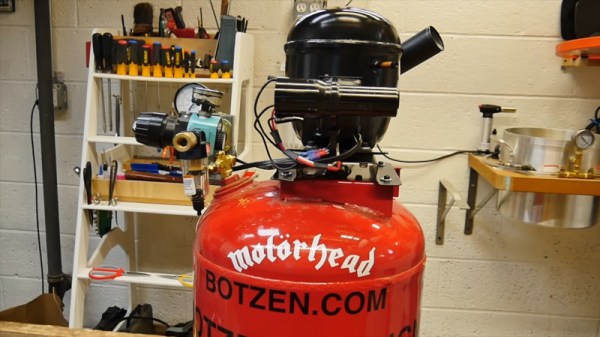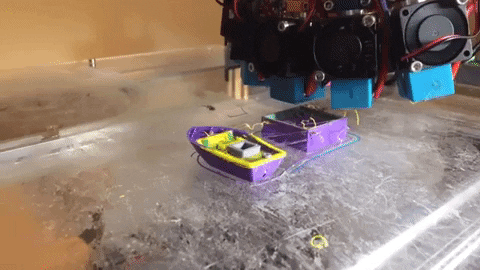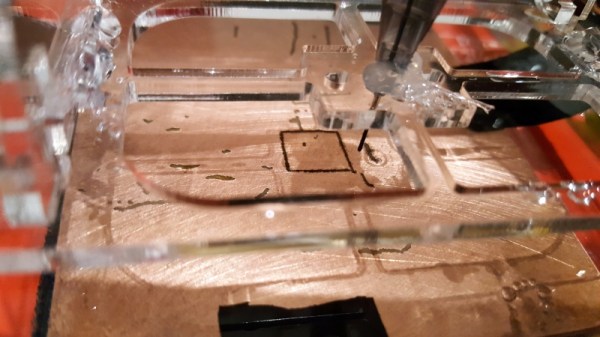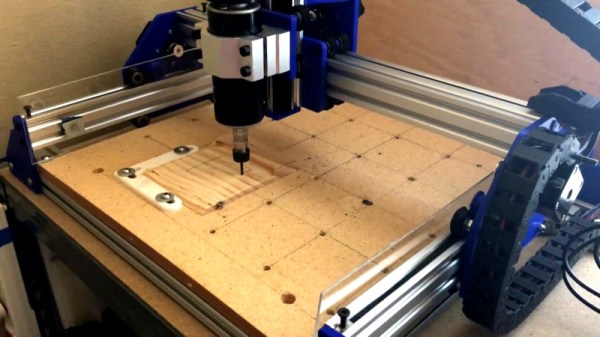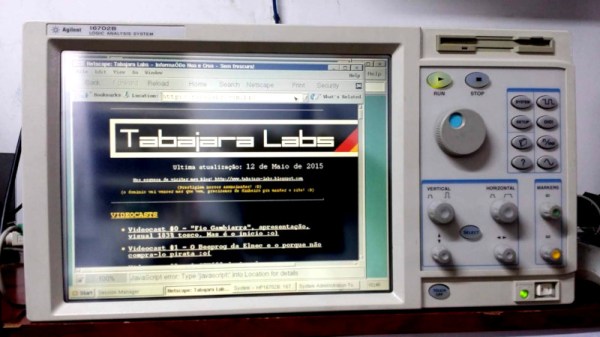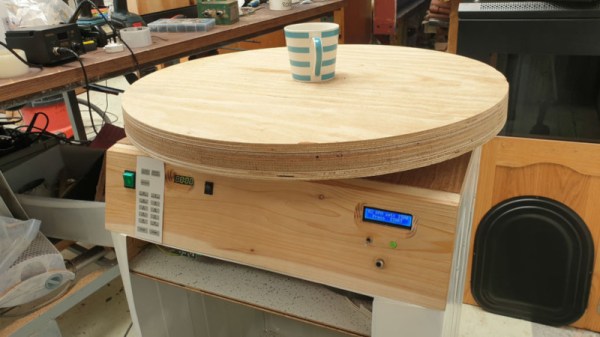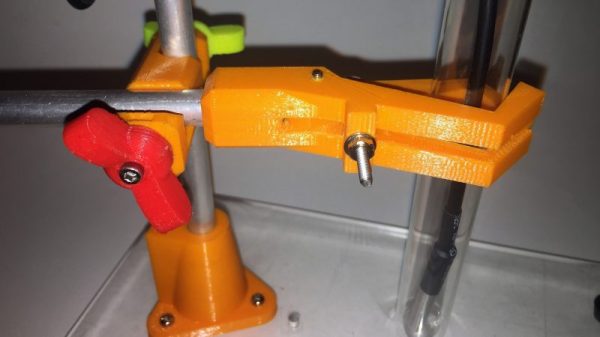Air compressors are often loud, raucous machines – but they don’t have to be. [Eric Strebel] built a remarkably quiet compressor using parts salvaged from an old fridge. After several years of use, it was due for an upgrade (Youtube link, embedded below}.
While performance of the original setup was good, [Eric] desired a compressor with more capacity for his resin casting activities. A 15 gallon air tank was sourced from a damaged Craftsman brand compressor, and pressed into service. The build involved plenty of sheet metal work to mount the various components, as well as an upgrade to the pressure regulator.
During the refit, [Eric] takes the time to answer questions from the audience about his original build. He notes that the fridge compressor has worked well without using any noticeable amount of oil, and that there was a problem with water build up in the original tank which has been solved in the new rig.
It’s a great example of building your own tools, which can provide years of service if done right. Check out our write up on [Eric]’s first build, or his work on photogrammetry. Video after the break.
Continue reading “Air Compressor From Fridge Parts Gets An Upgrade”

